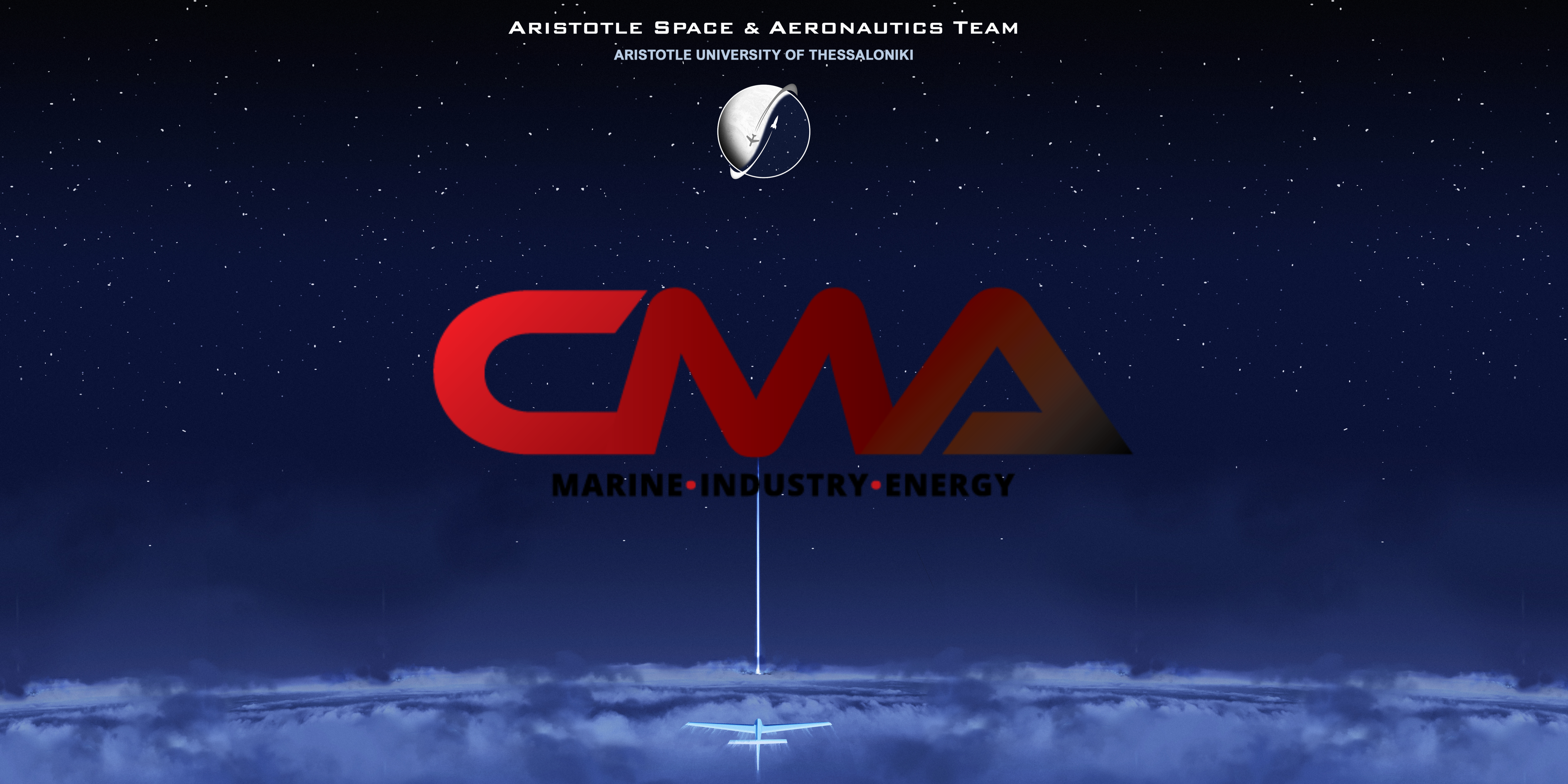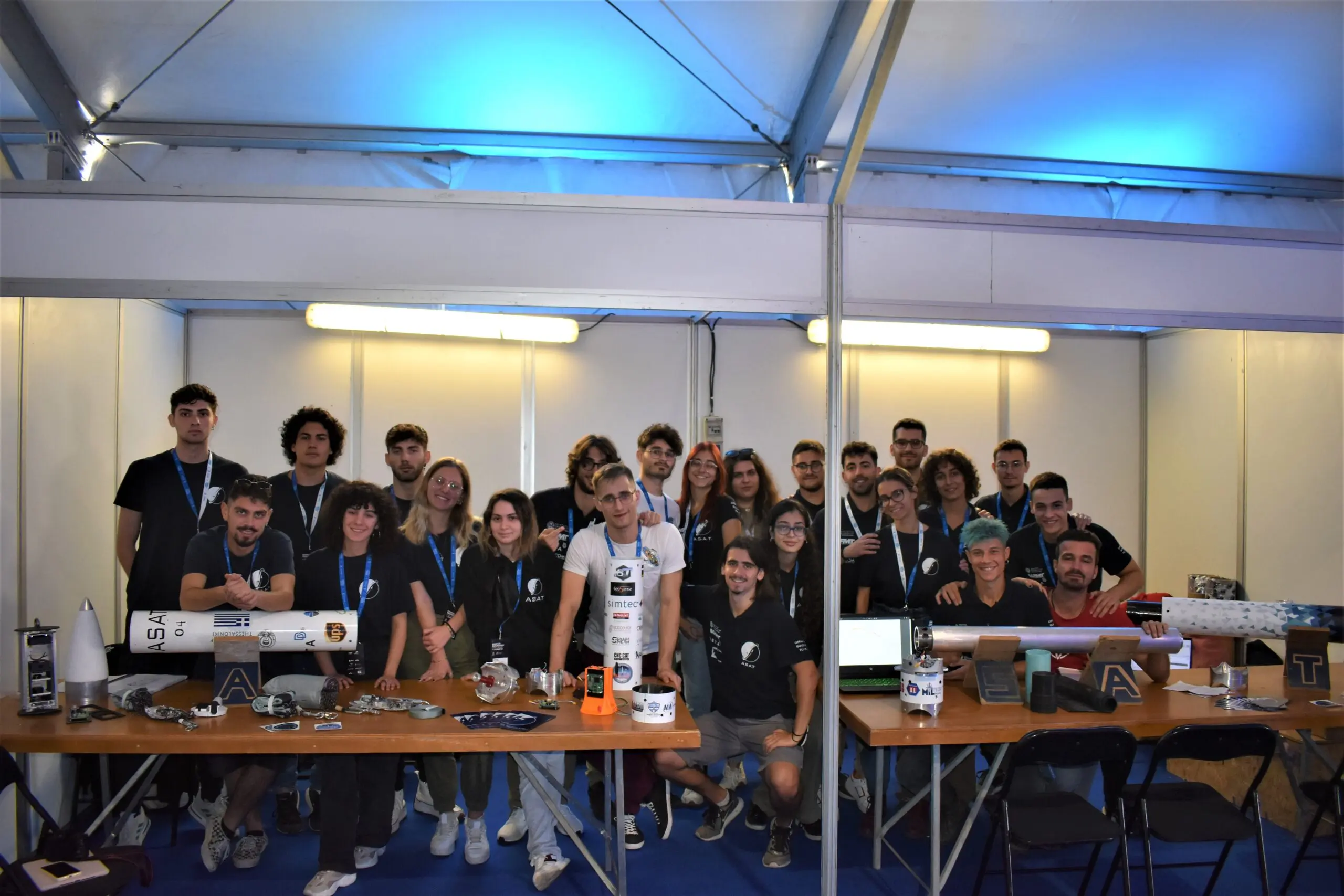When somebody thinks of designing an aircraft, they usually believe it’s a job that requires solely aerodynamic studies, graphic modelling and some imagination. However, there is more into it. The Aerodynamics sub team is indeed responsible for conducting the studies, but they do not design every aspect and detail of the aircraft, nor do they consider the construction. The Structural sub team comes in to fill this gap.
One of the sub team’s main responsibilities is the design and calculation of the so-called “airframe” – the structural elementsthat constitute the frame of the aircraft. Another key point of a proper aircraft design is the selection of materials to be used, as well as the methods and techniques that will be implemented. The correct and precise estimation of the weight of the airplane is also critical for the whole design process, affecting its stability during flight. For these reasons, the Structural sub team is of vital importance for the completion of the design and realization of the aircraft.
The sub team’s action begins at the end of the first Design stage, the Conceptual Design, which is mainly executed by the Aerodynamics sub team. From this point on, right before the next stage (Preliminary Design) starts, the Structural sub team has to design and depict precisely the geometry layout that resulted from the aerodynamic studies. This is done with special computer software which lies in the category of “CAD” programs (Computer Aided Design). With this kind of software, we are able to design any possible geometry with great detail, while approximating crucial properties of the aircraft, such as its weight, its center of gravity location and the moments of inertia.
The approximation of the aforementioned properties is crucial for the calculations that are conducted by the other sub teams. They have a great effect on the dynamic behavior of the aircraft and calculating them as precisely as possible is a very important goal. In order to achieve that, a constant feedback loop is created between the Aerodynamics and Structural sub teams, that allows us to exchange data and information. Our sub team calculates the weight and the center of gravity location and passes them on to the Aerodynamics sub team. They then use them in order to recalculate dimensions of the aircraft and they return to us with more corrections and adjustments. In this way, the airplane and its properties are constantly being optimized.
Another important step of the Preliminary Design phase is the selection of the structural elements that make up the frame of the aircraft. Relying on known forces that are being applied to the airframe, such as the Lift, we calculate the necessary dimensions and the appropriate materials of the individual components, in order for them to be sturdy and endure the force loads.
One recent and important achievement of the sub team is the use of Composite materials in our construction. Composite materials are made by combining reinforcement fabrics (e.g. Carbon Fiber, Fiberglass, Kevlar) and resin. The fabrics are being impregnated with the appropriate resin amount and then they are put into an oven and get harder and stronger – they are polymerized in technical terms. The resulting material is especially lightweight, yet extremely strong and stiff. This combination of material properties is desirable in the aircraft construction, since we need the airframe to be as lightweight as possible, while being capable of withstanding the applied forces during flight.
Reaching the end of the Design of an aircraft, the Detailed Design phase begins. Considerable changes to the dimensions cannot be made anymore, while the most decisions regarding its construction have already been taken. The only thing left is to design the smaller details of the aircraft, such as the connections of the individual parts, the wiring harness and other miscellaneous parts.
Last but not least is the construction of the airplane designed, using the materials and methods we decided beforehand. This is probably the most important stage, since the geometry and the dimensions that were calculated need to be realized, with the maximum fidelity to the designs possible. Any mistakes happening at this phase could turn out fatal during the flight!
In conclusion, the Structural sub team’s role is essential and important for the realization of an aircraft and its mission accomplishment. These are the Engineers that turn ideas and paper sketches into reality. However, no sub team can work independently from the others, since the cooperation and team spirit are the traits that lead to truly successful and beautiful airplanes!


Astraea in Air Cargo Challenge 2024
In 2024, for the 4th time our team had the opportunity to participate in the Air Cargo Challenge that took place in Aachen, Germany. ACC



